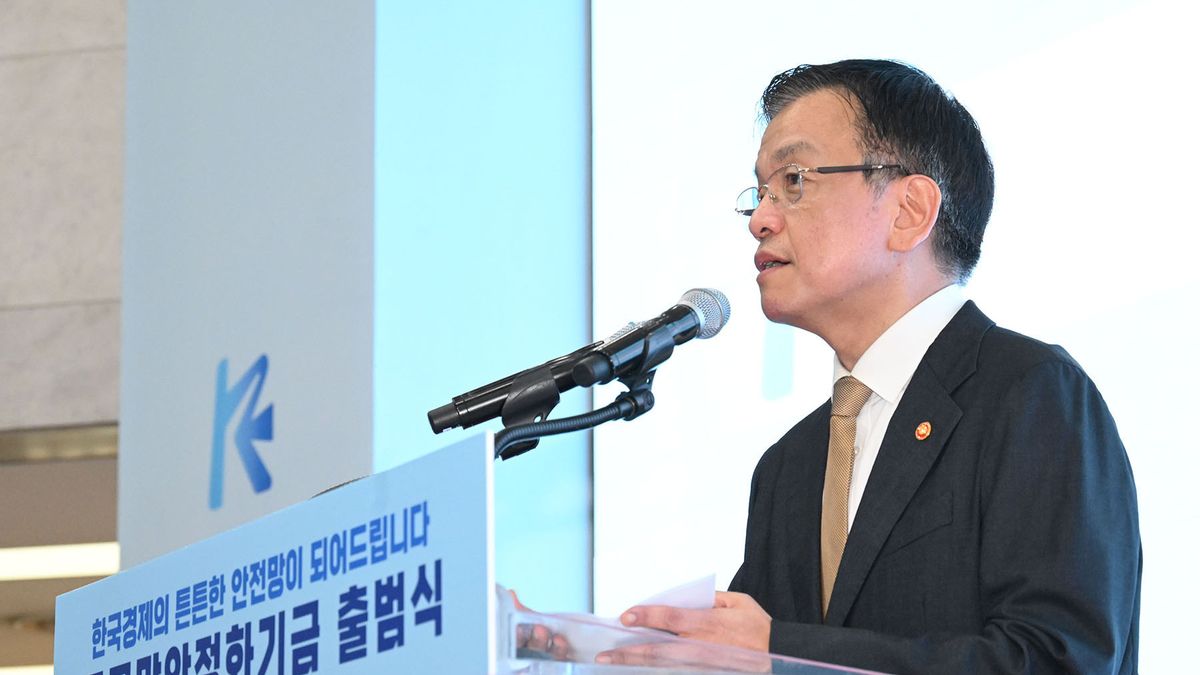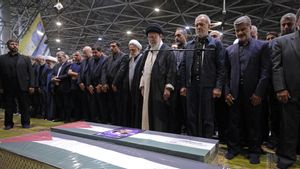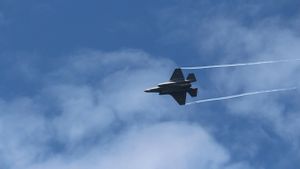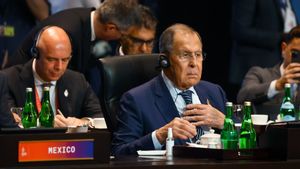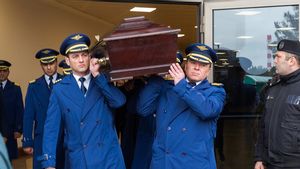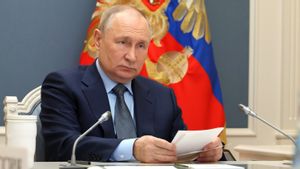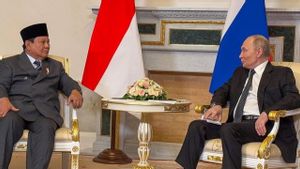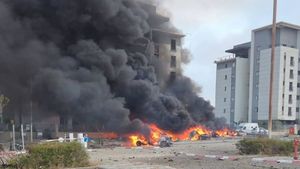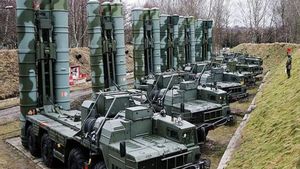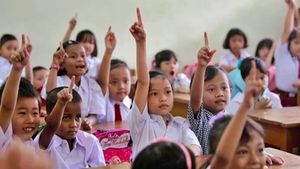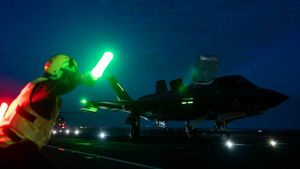JAKARTA - South Korean President Choi Sang-mok on Monday ordered an emergency safety check on the country's entire airline operating system, following the tragedy of the deadliest air accident in the country of Ginseng experienced by Jeju Air.
Jeju Air airline with flight number 7C2216 and registration HL8088 from Suvarnabhumi International Airport, Thailand had a fatal accident while landing at Muan International Airport, South Korea on December 29.
The Boeing 737-800 carrying 175 passengers and six crew members on the flight turned into fireball after making an emergency landing and hitting the wall. Only two crew members survived the incident.
At a disaster management meeting in Seoul Acting President Choi said the top priority at this time was to identify the victims, support their families and take care of the two survivors.
"Even before the final results come out, we ask officials to transparently disclose the process of investigating the accident and immediately notify the families left behind," he said.
"Once the accident recovery is carried out, the Ministry of Transportation is asked to carry out emergency safety checks on all aircraft operating systems to prevent plane accidents from recurring," he said.
Meanwhile, the Ministry of Transportation said authorities were considering whether to conduct a special inspection of all 101 Boeing 737-800 aircraft operated by South Korean airlines.
Separately, investigators are examining bird collisions and weather conditions as a possible factor in the crash, firefighters said.
Experts say there are still many questions, including why the plane powered by the two 56-7B26 CFM engines seemed to be speeding so fast and why its landing gear didn't appear to slip on the runway and hit the wall.
On Monday, transport ministry officials said as pilots took a scheduled approach, they told aircraft air traffic controls had bird collisions, shortly after the control tower gave them a bird warning seen around them.
The pilots then made the call "mhike" and hinted at their intention to spin just before the plane crashed on the runway and landed with the fuselage, crashing into a building at the end of the runway.
Officials are investigating what role was played at the end of the runway to help land, in the crash, including the embankment where the plane was standing, transport ministry officials told a news conference.
The majority of the victims who died in the accident were South Koreans. The other two victims are Thai citizens.
Investigators are also trying to identify the remaining few victims, while the bereaved family is waiting inside the Muan Airport terminal.
The transport ministry said the flight data recorder had been found, but appeared to have suffered some damage on the outside and it was not clear whether the data was intact enough to be analyzed.
VOIR éGALEMENT:
It is known that Muan International Airport will remain closed until next Wednesday. However, international airports and other regional areas in the country, including the main Incheon International Airport, operate on schedule.
Under global aviation regulations, South Korea will lead a civil investigation into the crash and automatically engage the National Transportation Safety Agency (NTSB) in the United States, where the aircraft was designed and built.
The NTSB said they led a US investigative team to assist South Korean aviation authorities. Boeing and the Federal Aviation Administration (FAA) also took part.
The English, Chinese, Japanese, Arabic, and French versions are automatically generated by the AI. So there may still be inaccuracies in translating, please always see Indonesian as our main language. (system supported by DigitalSiber.id)
